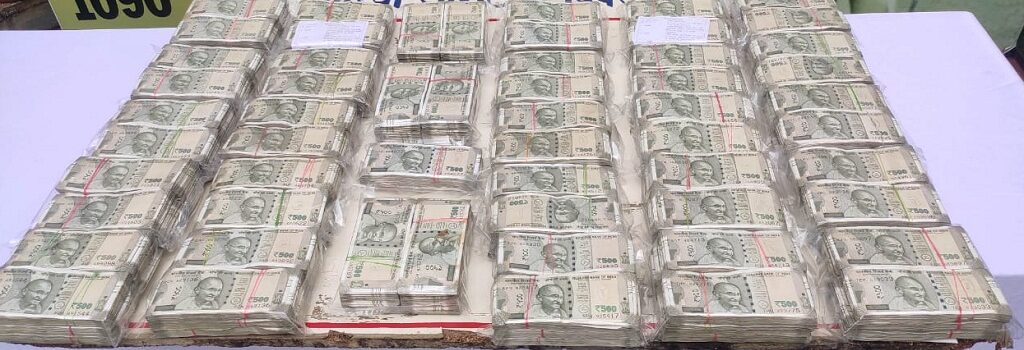What Changed Five Years After Demonetisation? What Was The Effect On Cash And Black Money? Find Out Here

New Delhi, 8th November 2021: Cash continues to dominate the Indian economy. Five years after demonetisation, despite the rise in digital payments, the number of notes in circulation is also increasing steadily. However, the pace of growth has slowed.
According to the latest Reserve Bank of India (RBI) data, notes in circulation worth Rs 17.74 lakh crore as of November 4, 2016, increased to Rs 29.17 lakh crore as of October 29, 2021. According to RBI, the value of notes in circulation as of October 30, 2020, was Rs 26.88 lakh crore. This has increased to Rs 2,28,963 crore as of October 29, 2021.
At the same time, on an annual basis, it increased by Rs 4,57,059 crore on October 30, 2020, and Rs 2,84,451 crore on November 1, 2019, a year ago. Further, the value and quantity of banknotes in circulation had increased by 16.8 percent and 7.2 percent, respectively, during 2020-21, as against 14.7 percent and 6.6 percent, during 2019-20. During the Covid-19 epidemic, people thought it better to keep cash as a precaution. Due to this, banknotes in circulation increased during the last financial year.
The big boom in digital transactions
After five years of demonetisation, the trend of cash has definitely increased, but during this period digital transactions have also increased rapidly. According to official data, there has also been a big increase in digital payments through mediums like debit/credit cards, net banking, and Unified Payments Interface (UPI). UPI of the National Payments Corporation of India (NPCI) is fast emerging as a major mode of payment in the country. Despite all this, the increase of notes in circulation is slow but continues.
Corona increased the use of cash
Experts say that due to the corona epidemic, the use of cash accelerated as more and more people started arranging cash to pay for groceries and other essentials due to the lockdown. This has increased the flow of cash. RBI believes that with the increase in nominal GDP, the liquidity in the system will also increase. The demand for cash remained high during the festive season as most of the shopkeepers depended on cash transactions.
The share of Rs 500 and Rs 2000 notes increased
In terms of value, the Rs 500 and Rs 2,000 banknotes accounted for 85.7 percent of the total value of banknotes in circulation as of March 31, 2021, as against 83.4 percent as of March 31, 2020. However, no separate demand for Rs 2,000 notes was placed with the Reserve Bank of India Note Mudran Pvt Ltd and Security Printing and Minting Corporation of India Ltd during 2019-20 and 2020-21.
Demonetisation was done on November 8, 2016
Prime Minister Narendra Modi had announced the demonetisation of Rs 500 and Rs 1000 notes, which were in circulation at that time, from midnight on November 8, 2016. The main objective of this decision was to promote digital payments and curb black money. The pandemic was the reason for the increase in the number of banknotes in circulation in the financial year 2020-21 as people kept their cash as a precaution during the pandemic.
Advt









